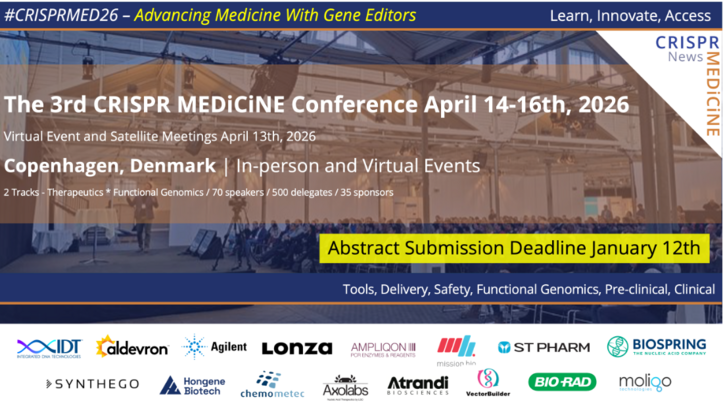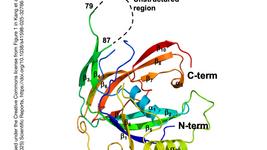CRISPR-Cas9 screens identify ageing regulators in neural stem cells
The researchers conducted genome-wide CRISPR-Cas9 knockout screens in both young and old NSCs to uncover genes that boost NSC activation in aged brains. They discovered over 300 gene knockouts that restore NSC function, with cilium organisation and glucose import identified as crucial pathways.
Knockout of the Slc2a4 gene, encoding the GLUT4 glucose transporter, was among the most impactful interventions, as it improved NSC activation and neurogenesis in aged mice. Glucose uptake was found to increase with age, and reducing this uptake through Slc2a4 knockout improved NSC function.
This study provides a systematic method for identifying genes that may reverse regenerative decline in the ageing brain. Specifically, the use of CRISPR screens enables scalable in vivo applications. The authors propose that glucose metabolism could offer potential therapeutic strategies to address age-related cognitive decline.
Stanford University's Tyson J. Ruetz and Anne Brunet led the research, which was published in Nature yesterday.
To get more CRISPR Medicine News delivered to your inbox, sign up to the free weekly CMN Newsletter here.
Tags
CLINICAL TRIALS
Sponsors:
Base Therapeutics (Shanghai) Co., Ltd.
Sponsors:
Base Therapeutics (Shanghai) Co., Ltd.







